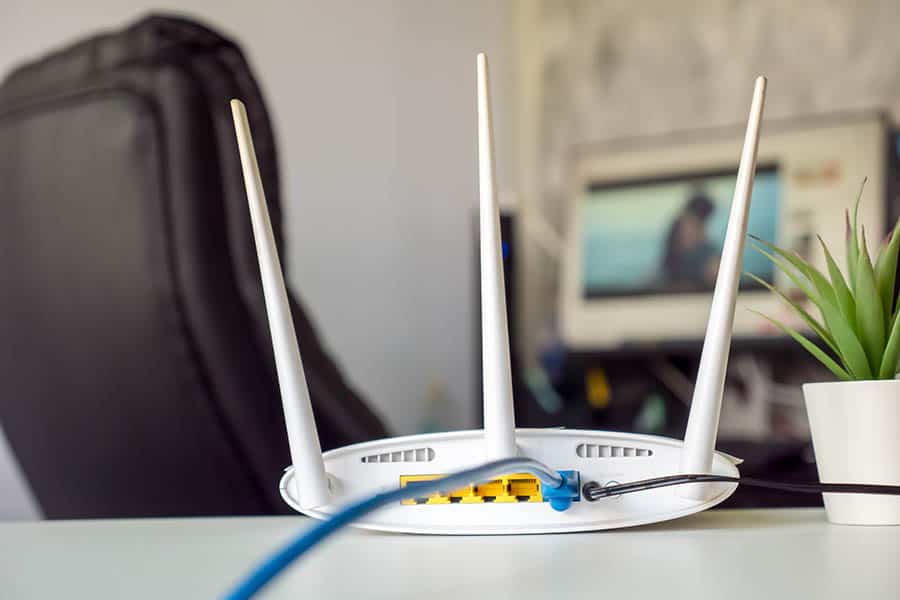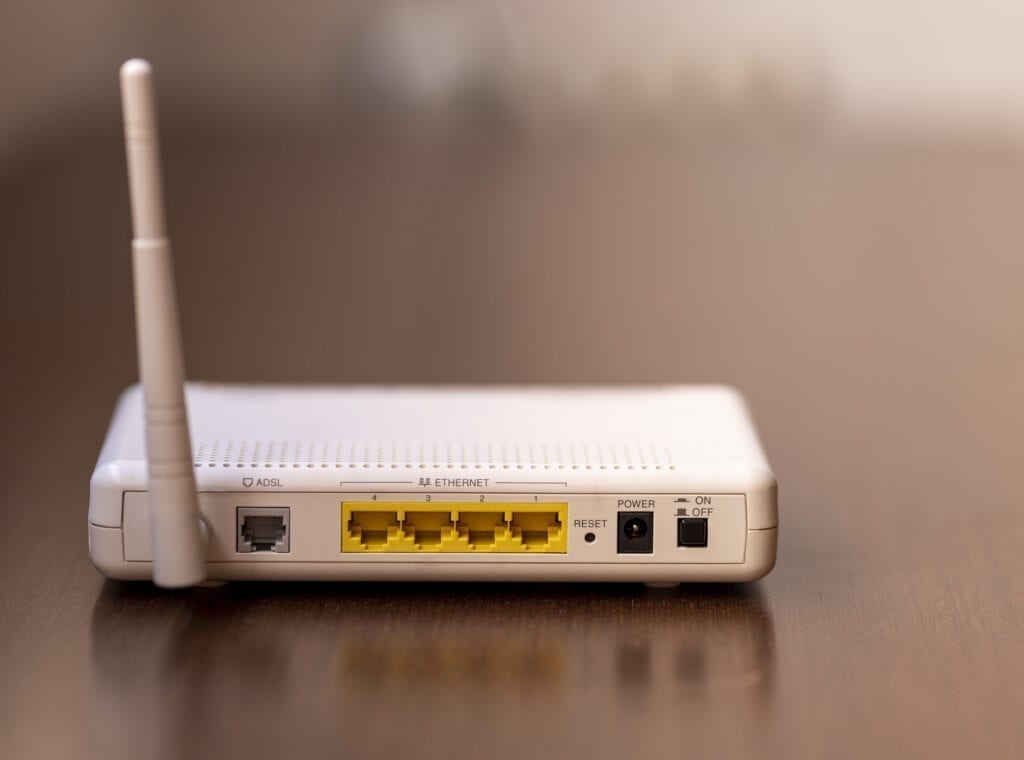
#Connecting to modem vs router movie
Non-MU-MIMO devices share a single bandwidth pool, so checking social media on your phone while streaming a movie or TV show on your laptop, for example, makes both devices a little slower. One such advance is " multiuser multiple input, multiple output," or MU-MIMO, technology for Wi-Fi, a technology found in superfast (802.11ac) networks that can direct separate streams of bandwidth to as many as four different devices simultaneously, without losing bandwidth. With the growing focus on wireless connections, advances in router technology occur much faster than in modem technology.

But your network will be much better if you use a separate modem and router. It's a tempting proposition: You've only got to make room for one multitasker device instead of two pieces of gear performing different functions. To complicate things, many ISPs and networking device makers offer combination devices that function as both modems and routers. Router needs can very from home to home, but the Netgear Nighthawk AX8 (RAX80) has dominated our performance testing.Ĭombination Modem-Routers: Not the best of both worlds Placed strategically throughout your home, they connect together seamlessly to blanket your home with wireless coverage, without any speed loss or coverage dead zones.Īs with cable modems, we've looked at all types of routers and can recommend the best router for your home, with picks based on overall performance, range, price and how well the router handles online gaming. These mesh routers replace a single router with multiple Wi-Fi points (called nodes). (And if they don't, you can always pick up one of the best Wi-Fi extenders.)įor larger homes, whole-home Wi-Fi mesh networks are the better option. For smaller homes, single-unit routers generally provide a good enough signal to provide a strong wireless connection to all corners of your home. Routers come in two primary variants: standard single-unit routers (which can look a bit like spiders - looking at you, D-Link), and whole-home Wi-Fi routers that use multiple devices to create a mesh network that extends your Wi-Fi signal. Netgear Nighthawk AX8 (RAX80) (Image credit: Netgear) If your internet service has speeds greater than 300Mbps, consider a high-speed DOCSIS 3.0 modem instead such as the Netgear CM600. If you get cable internet, a DOCSIS 3.0 modem such as the Motorola MB7420 or Netgear CM500 can handle speeds for most homes. To buy your own modem, all you need to do is check with your ISP to make sure that the model you want to buy works with that provider's service.

Considering that best cable modems cost anywhere from $60 to $100, you could pay off a modem twice for what you're spending to rent one, especially that a new law took effect late last year that prevents internet providers from charging you rental fees when you provide your own equipment.

At Comcast, where some customers are paying that $14 monthly fee for their modems, that's $168 a year you're paying in modem rental fees. While tacking up to $14 a month on to your bill each month may not seem like much, those costs add up over time. If that's making your head spin, the good news is that your ISP will tell you which type of modem you need, and will even offer one for you to rent or, in some cases, buy. Several ISPs offer both DSL/cable and fiber options, so it can be challenging to determine which type of modem you need for your internet service even when you're looking at only one provider. Motorola MB7420 cable modem (Image credit: Tom's Guide)


 0 kommentar(er)
0 kommentar(er)
